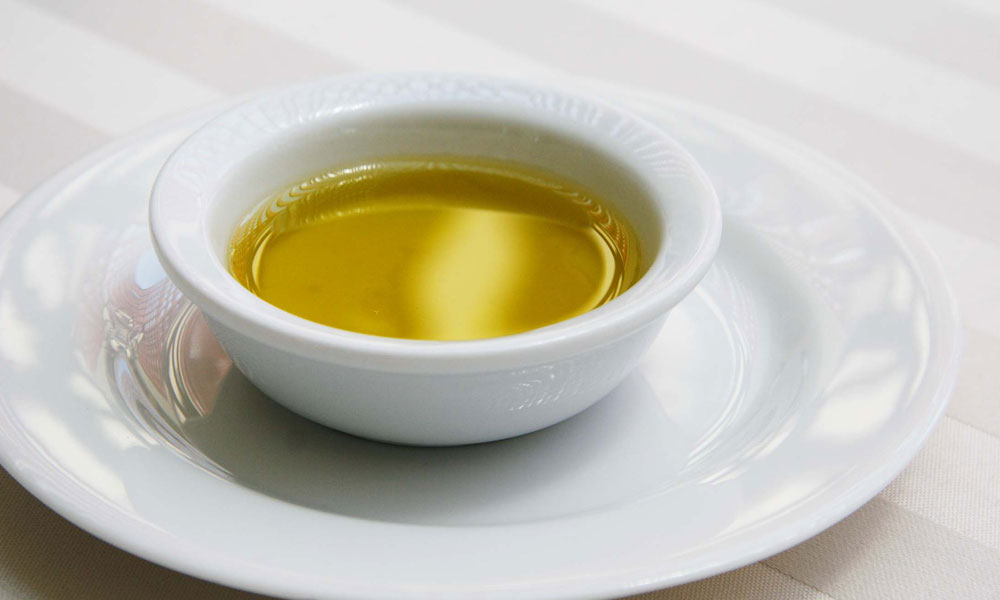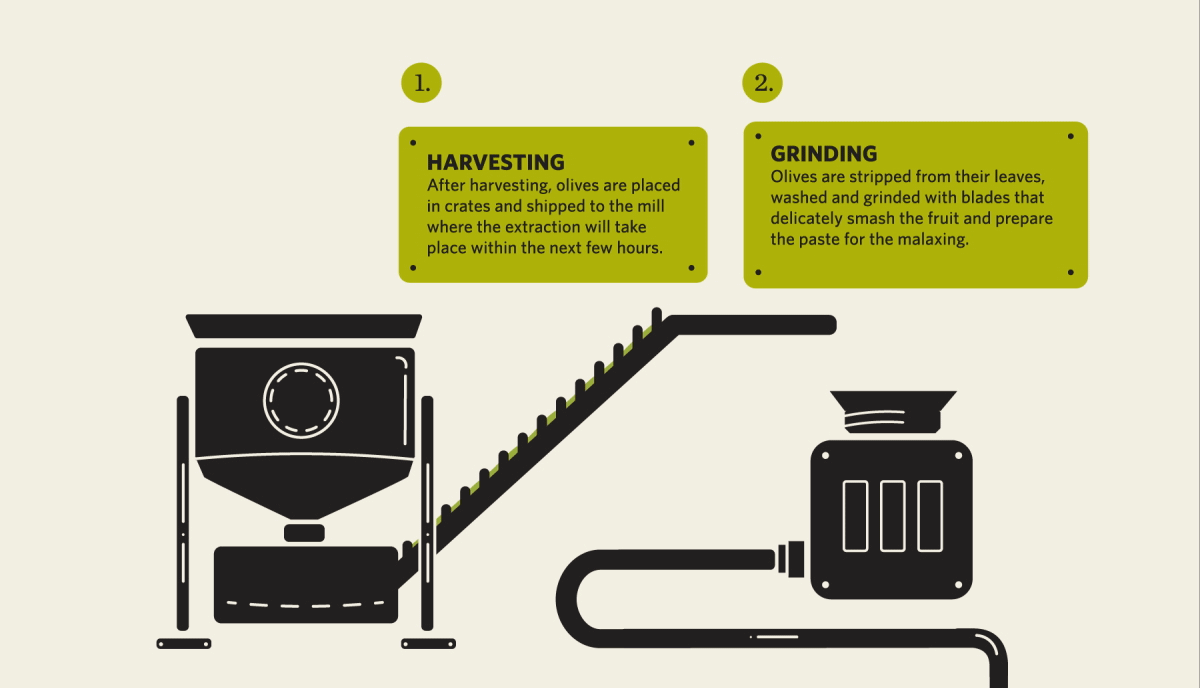Olive Oil Encyclopedia
Extra virgin is the highest quality olive oil, characterized by fruity flavor, with a maximum acidity of 0,8% (in oleic acid).

Many olive oils are marketed as first cold pressed or products of cold extraction, this is a denomination describing the temperature at which the olive oil was obtained.
The olive oil producers in E.U. must prove that the temperature of the malaxation of the olive paste and the extraction of the olive oil was under 27°C (80°F). For olive oil bottled outside EU countries this regulation does not apply, and thus the consumer has no assurance that these statements are true.
The temperature of malaxation and extraction is crucial due to its effect on olive oil quality. When high temperatures are applied the more volatile aromas are lost and the rate of oil oxidation is increased, producing therefore lower quality oils. In addition, the chemical content in the polyphenols, antioxidants and vitamins present in the olive oil is reduced by higher temperatures.

The Koroneiki Olives variety was named after the historic town of Koroni, in the Messinia region of the Peloponnese. Its fruit, ripens between November and December producing olive oil of the highest quality. It has a deep, bright green color, and a mild peppry taste.
Koroneiki variety olives grows only in Greece and especially in Lakonia Kalamata & Crete prefectures The Koroneiki olive tree usually produces only 3 to 5 liters of extra virgin olive oil, which shows that quantity is sacrificed in favor of quality.



